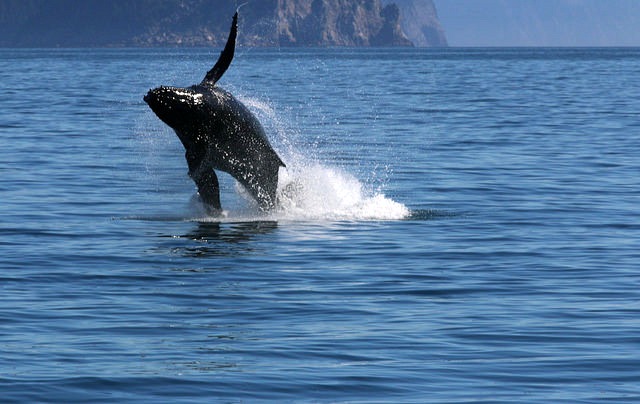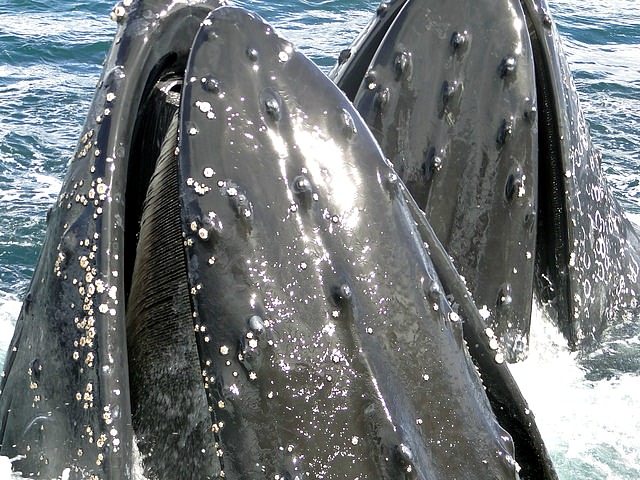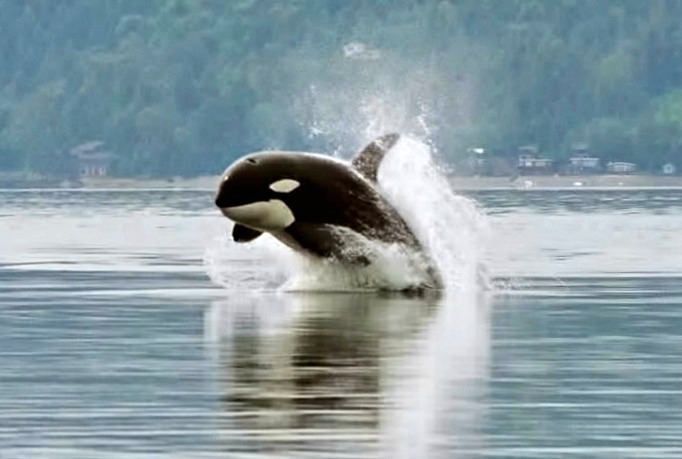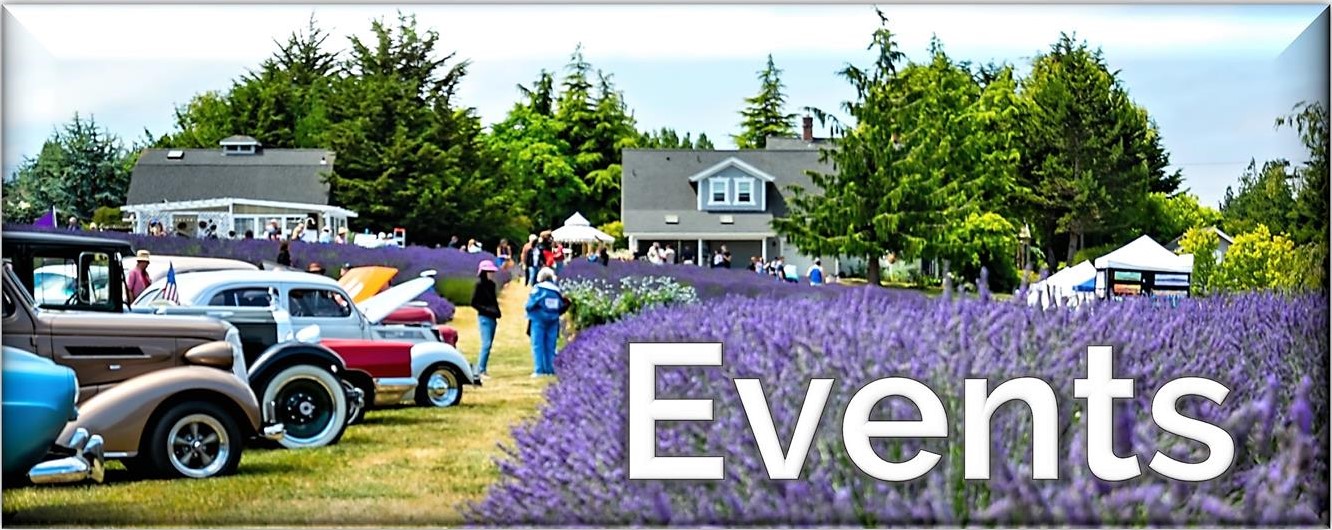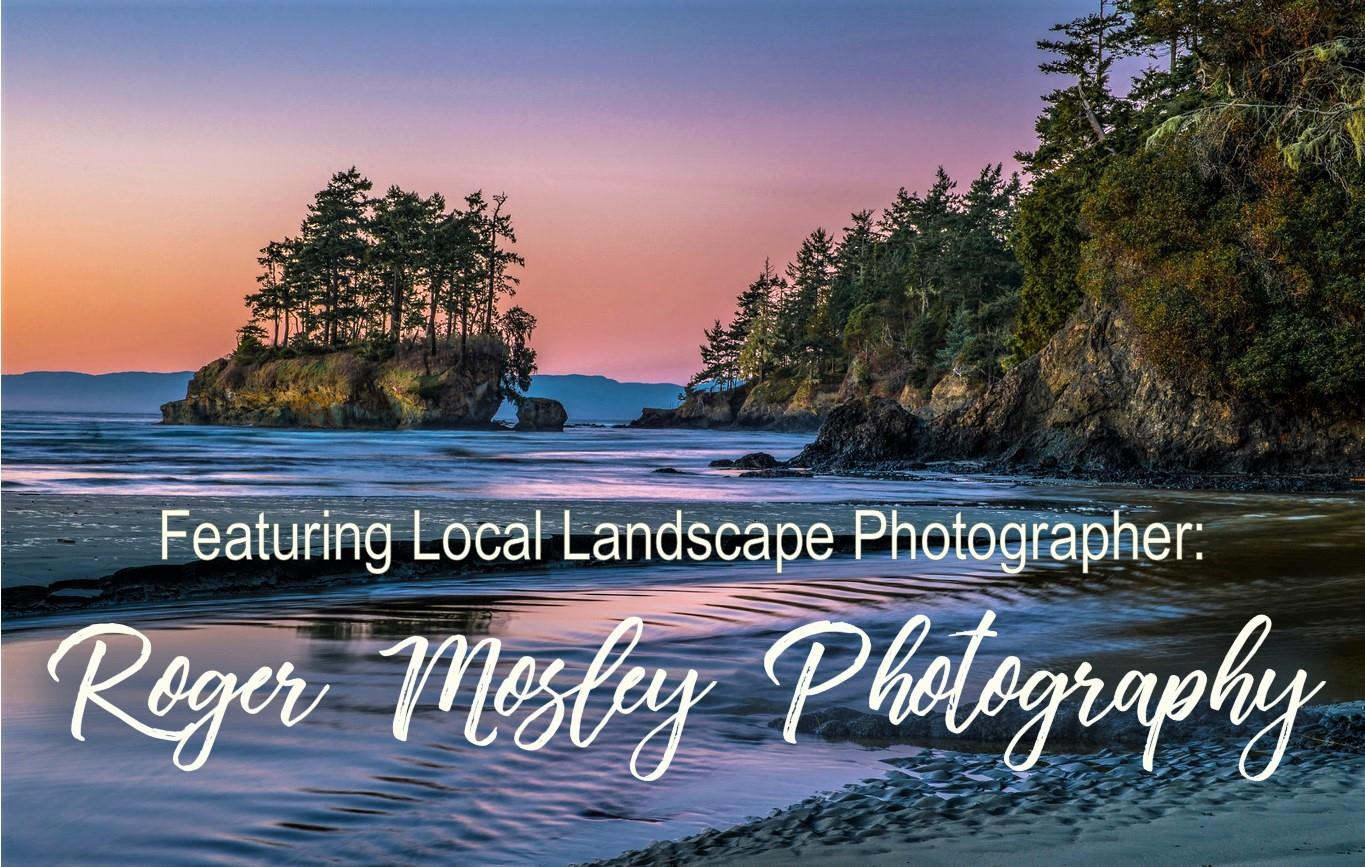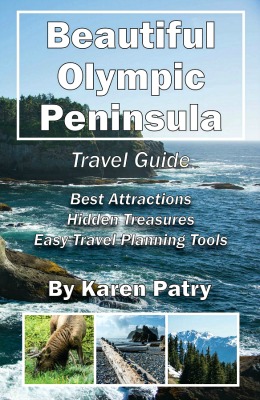Whale Watching in Washington
Whale Watching in Washington: About whale watching excursions in Washington, including whale watching season and whale watching tour companies. Because Victoria Canada is just minutes away as the crow flies, we'll include links on this page to whale watching in Victoria BC as well.
Embarking on a whale watching cruise is one of the most exciting adventures to be had, and the waters just off the Olympic Peninsula is considered to be one of the best places in the world to do it.
What makes Whale Watching in Washington State so Excellent?
Though most of the whale population migrates annually, an estimated 85-90 orcas (also called "killer whales") reside full-time around southern Vancouver Island and the southern Gulf Islands. An additional 250 orcas live permanently along Vancouver Island's northeast coast nearby.
Below: Breaching humpback whale. Photo credit: Flickr user Steve Miller under Creative Commons 2.0
In addition, the western coast of Washington State and Vancouver Island sees an estimated 21,000 migrating grey whales annually on their way from their summer feeding grounds in Alaska to their southern, winter breeding grounds in Hawaii, Mexico and South America.
Grey whales, humpbacks and minke whales also make the Pacific Northwest their home and migrate seasonally.
Weighing in at between 20-40 tons and 35-50 feet long, a breaching whale is a sight like none other. It's hard to imagine the strength necessary to propel a beast of that size up through and above the water's surface to form a perfectly arching barnacle-encrusted back flip back down into the depths.
Whale Watching in Washington
Catch a tour from:
Photo credit: Flickr user Rick Berg under Creative Commons 2.0
Seasons for Whale Watching in Washington
Though orca, grey, humpback, and minke whales can all be sighted throughout the year in the waters off Washington State, the best times to see them are:
- Southern Resident Orca Whales: April - October; these follow the salmon migration
- Transient Orcas: most often in the summer, as they feed on abundant smaller marine animals
- Grey Whales: March - April, during their spring migration
- Humpback Whales: May - June, and September - October, during their migration
- Minke Whales: almost year-round, though they can be somewhat shy
Whale Watching from Land
In my opinion, the absolute best way to go whale watching in Washington is to take a tour, whether by boat or by kayak.
But, if this is not a possibility for you, even landlubbers have good chances to see whales from a number of whale watching locations along the shores of Washington State.
Land-Based Whale Watching near La Push
Humpback whales regularly stop by the waters of First Beach in La Push during their spring migration from winter grounds to summer feeding grounds in Alaskan waters. It is thought that they use the submerged rocks offshore to scrape off excess barnacles from their hides. Look for them in March and April each year.
Land-Based Whale Watching near Port Angeles
Whales, especially humpback whales, visit the Strait of Juan de Fuca near the Ediz Spit in Port Angeles in March and April, and October and November. Plus, orcas have been known to come, feed, and cavort right in the Port Angeles harbor, though not with any particular frequency.
Explore the Whale Trail website for land-based viewing locations off the shores of the Olympic Peninsula.
San Juan Island Land-Based Whale Watching
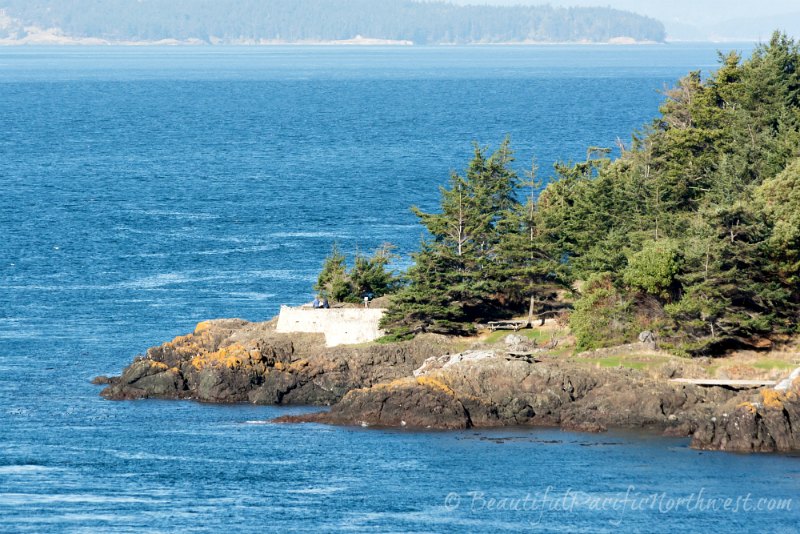 Lime Kiln Point State Park on San Juan Island is a great vantage point for whale watching in Washington.
Lime Kiln Point State Park on San Juan Island is a great vantage point for whale watching in Washington.Since whales can be found throughout the San Juan Archipelago, and if you find yourself on San Juan Island, try these land-based locations.
West side of San Juan Island:
- Lime Kiln Point State Park is probably the best whale watching site of all, and is affectionately known as Whale Watch Park. The Park is open from 8 am until dusk, year round. A Discover Pass is required.
- San Juan County Park is to the north of Lime Kiln Point State Park
- Westside Scenic Preserve is located a bit south of Lime Kiln Point State Park
South end of San Juan Island:
- American Camp
- South Beach
- Cattle Point Lighthouse. A Discover Pass is required for Cattle Point.
Kayaking with the Whales
If you're a kayaker, offshore from any of the above locations are great for whale watching.
Plus, there are many companies that offer guided kayak whale watching tours. Check any of our whale-watching pages for a ton of information.
Or, try a google search of "guided kayak whale watching tours" (quotes not needed). Depending on your expected location, you can also narrow your search with qualifiers such as 'vancouver island,' 'San Juan Islands,' 'PNW,' etc.
Below: Orca porpoising. Photo Credit: Wiki
There is More to Whale Watching Cruises than just Whales
There is more to see than just whales when you take a whale watching cruise, as spectacular as whales are.
It's hard to miss the thousands of bird species along the way.Orange-beaked tufted puffins, creamy white and grey western gulls, oyster catchers, cormorants, and many other sea birds make regular appearances.
You may also see porpoises, seals, and even bears.
Add the spectacular scenery to all the mammals, birds, and marine species, and it's a regular wildlife adventure movie, with you in a front row seat.
Environmental Status of Whales Today
In the past whales were hunted for use in making oil for cosmetics, soap and lighting; whale meat for food; and clothing - a whale-boned corset anyone? Over-hunting for these resources by commercial whaling operations put them on the endangered species list.
Modern technology in the last century has replaced the whale for some of those products, and the 1972 Marine Mammal Protection Act now protects them from hunters in the United States. Several indigenous populations are excepted; they are still allowed to harvest certain numbers of whales, with restrictions, using mostly traditional methods.
Though some species are still considered endangered, the whale population in the Pacific Northwest continues to slowly grow.
Have you Gone Whale Watching?
Please Share Your Stories and Photos With Us!
Please Share Your Stories and Photos With Us!
Whale watching can be a spectacular, awe-inspiring experience! We'd love hearing about your whale watching happenings here on our website. Please share your stories along with some exceptional photos if you have them. We know that other visitors will enjoy these stories and seeing the photos as well!
Just click into the title box below and go from there. When published, you'll have "your own" page on MyPortAngeles which you can share with friends or anyone who asks!
We're happy to ensure professional and amateur photographers get credit for their work. Leave us your name in the form below, and means of contact, website, or FB page info so we can link back to you.
